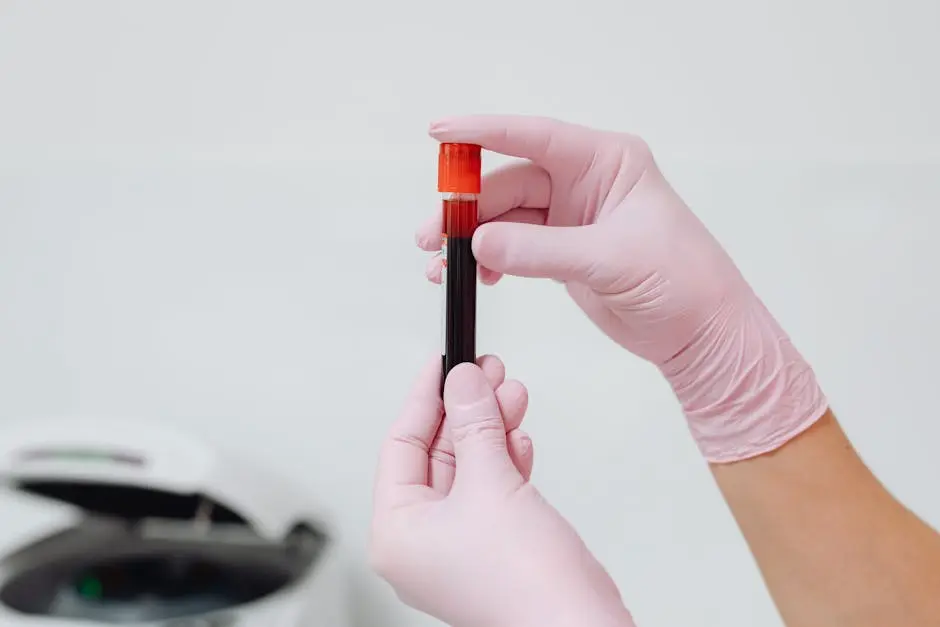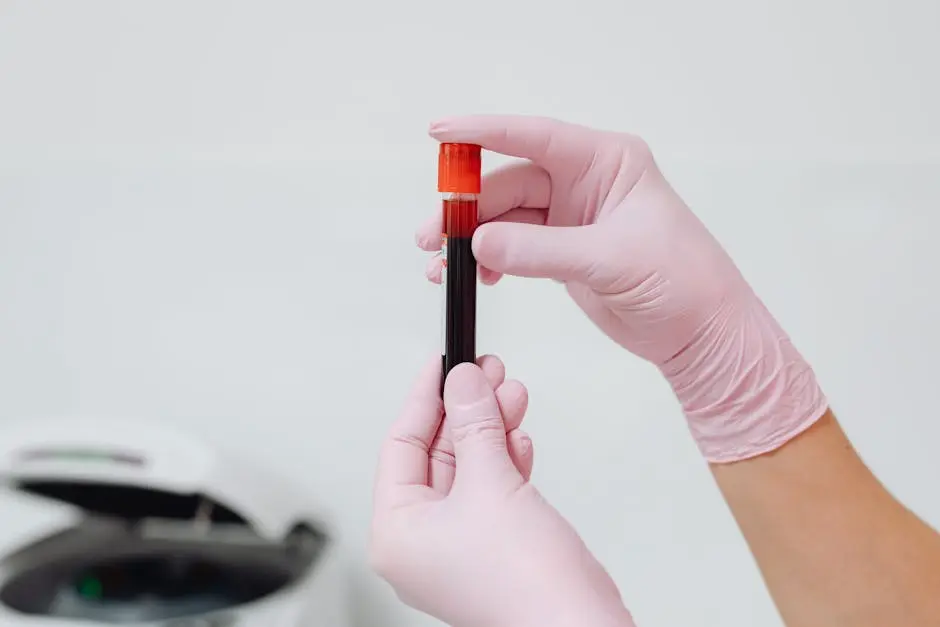Developing a Robust Quality System in Clinical Research
Developing a Robust Quality System in Clinical Research https://www.sanderscompliance.com/wp-content/uploads/2025/10/image.webp 940 627 https://secure.gravatar.com/avatar/?s=96&d=mm&r=gIn an ever-evolving landscape of clinical research, having a robust quality system is not just a luxury—it’s a necessity. A well-structured quality system ensures that every aspect of research is conducted with integrity and accountability, fostering trust and reliability in results. In this blog, we will explore what a quality system entails, why it’s crucial in clinical research, and how to develop one that stands the test of time.
Understanding the Basics of Quality Systems
At the core of any effective quality system lies a clear understanding of its foundational elements. This section will delve into what quality systems consist of and the essential components that make them effective in the realm of clinical research.
A quality system, fundamentally, is a structured framework that outlines processes, procedures, and responsibilities for achieving quality objectives. Imagine it as the skeleton of a building: without it, the structure may collapse under the weight of complex requirements. But with a solid framework in place, researchers can ensure that every step of their studies is conducted systematically and reliably.
In essence, a quality system embodies principles such as consistency, transparency, and continuous improvement. It’s not merely about ticking boxes for compliance but rather about instilling a mindset of quality within every team member. When everyone involved understands their role in maintaining high standards, the results can be remarkable.
The Importance of Compliance and Regulations
Compliance with regulatory standards is non-negotiable in clinical research. Here, we will discuss the various regulatory bodies and guidelines that shape quality systems and their role in safeguarding the integrity of research data.
Regulatory bodies such as the FDA in the United States, EMA in Europe, and others outline critical guidelines that dictate how clinical research should be conducted. Understanding these regulations helps safeguard not only participant safety but also the credibility of research findings. Imagine you’re a chef following a recipe—if you skip a step or deviate from the instructions, the dish might not turn out as expected!
Moreover, compliance isn’t simply about adhering to laws. It fosters trust among stakeholders—from patients to sponsors—reinforcing the idea that the research was conducted with the utmost integrity. In an era where skepticism about clinical trials is prevalent, demonstrating unwavering compliance can significantly enhance public confidence in research outcomes.
Key Elements of a Robust Quality System
From risk management to continuous improvement, a robust quality system hinges on several critical elements. This section will break down these components and illustrate their importance in achieving research excellence.
One vital element is risk management. By identifying potential risks early in the research process, teams can implement strategies to mitigate them, thus ensuring that studies remain on track. Picture it like a tightrope walker who constantly adjusts their balance to avoid a fall; proactive risk management can keep the research journey steady and successful.
Another significant aspect is the emphasis on continuous improvement. A strong quality system isn’t stagnant; it evolves through feedback and lessons learned, much like a student who continually seeks to refine their skills. Regular audits and assessments not only pinpoint areas in need of enhancement but also celebrate successes, creating a culture of aspiration and excellence.
Developing a Quality Management Plan
Creating a quality management plan is an essential step in establishing a quality system. This section will guide you through the process of developing a plan that addresses the unique needs of your research while ensuring compliance and efficiency.
A quality management plan outlines specific objectives, roles, and responsibilities for all stakeholders involved in the project. Think of it as a roadmap for your research journey: without it, you may find yourself lost or veering off course. It details how quality will be monitored and maintained throughout the study, ensuring everyone is on the same page.
Additionally, be sure to involve your team in the development process. Their insights can provide valuable perspectives that enhance the plan’s effectiveness. By fostering a collaborative environment, you ensure that everyone not only understands the plan but is also invested in its success. It’s about creating a shared vision where every team member contributes to achieving quality.
Training and Team Engagement
A quality system is only as strong as the people behind it. We’ll explore the importance of training and engaging your team in quality practices, fostering a culture of accountability and excellence in every aspect of clinical research.
Effective training is paramount; it equips your team with the knowledge and skills necessary to uphold quality standards. Consider regular workshops or hands-on training sessions that not only emphasize protocols but also engage the team in discussions about best practices and lessons learned. This ongoing education not only bolsters competence but also cultivates confidence among team members.
Moreover, team engagement goes beyond just training. It’s about recognizing and rewarding your team’s efforts in maintaining quality. Celebrating milestones, whether big or small, reinforces the importance of quality in their everyday work. When individuals feel valued for their contributions, they are more likely to take ownership of their roles and remain committed to the overarching goals of quality research.
Monitoring and Evaluating Your Quality System
Ongoing monitoring and evaluation are critical to maintaining a robust quality system. In this section, we will discuss strategies for assessing the effectiveness of your quality practices and making necessary adjustments over time.
To ensure your quality system remains effective, regular reviews and audits are indispensable. This could range from periodic internal audits to more formal external evaluations. Think of it as a health check-up for your quality system: identifying issues before they escalate into larger, more complicated problems.
Additionally, collecting feedback from your team plays a crucial role in the evaluation process. Their insights can highlight areas for improvement that may not be immediately apparent. Embracing a cycle of continuous evaluation and adjustment not only enhances your quality system but also strengthens team morale, as members see how their contributions lead to tangible improvements.
Embracing a Culture of Quality in Clinical Research
By implementing a strong quality system, researchers can enhance the credibility of their studies, ensure regulatory compliance, and improve overall patient safety. This commitment to quality can ultimately lead to more successful outcomes and greater advancements in medical science. Start your journey today—invest in a quality system that will pave the way for reliable and impactful research.




















